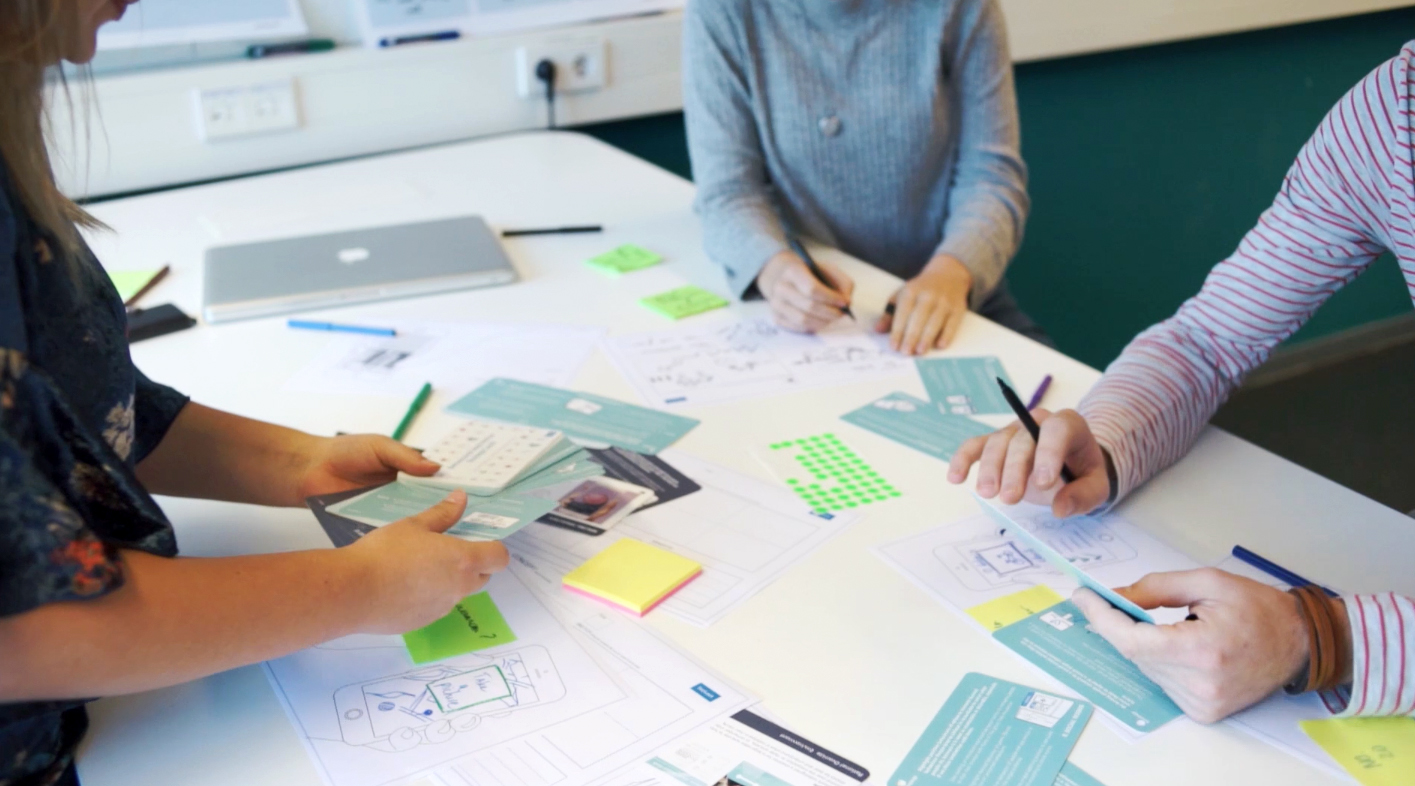Technological developments may have major consequences, and not always good ones. Delta asked five professors whether and how they counteract this with responsible designs.
Anne van Lieren compiled a toolkit for designers which could be used to trigger people at certain points. (Photo: Faculty of Industrial Engineering / Anne van Lieren)
There are countless examples of designs that were invented with evil intent. Take the knee splitter or the gibbet, Medieval instruments of torture. There are also well intentioned inventions that have had catastrophic consequences. One is an insecticide called Zyklon B that was used as poisonous gas in concentration camps in World War II.
The list of inventions and designs with unforeseen consequences is huge and grows longer all the time. This subject featured heavily at TU Delft’s 178th birthday. Both the symposium as well as the celebrations revolved around design for values or socially responsible design. But questions still remain. What are the consequences? How do we anticipate them and does ‘always doing the right thing’ limit designers’ creativity? Delta asked scientists and speakers at the Dies.
Facebook, iPhones and addictive games
What is the most unethical design ever? The answer of Ibo van de Poel, Professor of Ethics and Technology, is computer games that are intentionally designed to be addictive. “Facebook is also up there, partly because it is built on a business model that exploits personal data, but also because of the unintended negative effects such as fake news or filter bubbles which Facebook does not address adequately.” Roy Bendor too, Assistant Professor of Industrial Design, names the unscrupulous misuse of personal data as a source of evil.
‘The road to hell is paved with good intentions’
David Abbink is more nuanced in answering the question. According to the Professor of Haptic Human-Robot Interaction at the Faculty of Mechanical, Maritime and Materials Engineering (3mE), many of these unethical designs were never intended to be unethical, but the designs had unforeseen consequences. “It’s like the old adage ‘the road to hell is paved with good intentions’. You don’t know what you don’t know.” Still, some consequences can be foreseen, he says. “We know, for example, that safety systems in cars lead to riskier driving behaviour. By taking this into account at the design stage, designers have shown that they can anticipate human behavioural changes”.
A higher bar for designers
Is thinking about design a recent phenomena? No, says Professor of Philosophy and Ethics of Technology, Jeroen van den Hoven. “We’ve been doing it for 20 years now. Even before this, design was underpinned by values, it was just that there were no terms for it then. Cities, for example, are designed to make people behave in certain ways so that they meet each other. Why are the streets of Paris so wide? So that the military could go from one end of the city to the other quickly. History is full of these kinds of examples.”
‘The internet is undermining today’s democracy’
Nevertheless, values in design are more important than ever, says Van den Hoven. “Technological developments are making the consequences ever greater. Climate change is demanding a new design of our economy. And the internet is undermining today’s democracy.”
“This means that designers today need to do more than just please clients and consumers,” says Van de Poel. “Designers need to weigh up a wider set of values and ethical considerations.” One example is Anne van Lieren’s thesis subject for Industrial Design. She examined the concept of ‘nudging’ for her dissertation. She looked at how you can influence behaviour through indirect suggestion. Van Lieren compiled a toolkit for designers which could be used to trigger people at certain points and let them think about an important design.
Ethical thinking
3mE Professor David Abbink believes that it is hugely important that universities devote attention to design ethics. Universities are training the next generation of designers and engineers and they will have influential positions in companies, start-ups, governments and academic institutions. It is therefore essential to encourage students early on to think critically about the implications of technologyat an early stage, and to think broadly and deeply about the possible long-term consequences of design choices for technical systems. Something, Abbink says, that companies do not do in general.
“But apart from that, responsible design is one of TU Delft’s ambitions,” says Marja Elsinga, Professor of Housing Institutions and Governance at the Faculty of Architecture. “This entails social values in education and research.” The Delft Design for Values platform reflects this ambition. It is a platform for research, learning and collaboration between faculties. Abbink believes that “If universities do not think about the complex question of how to translate ethical considerations into concrete designs, who will?”
Putting a brake on creativity?
Would greater value being placed on design limit creativity? Bendor does not think so. “Limiting the creative space actually stimulates creativity.”
‘It is in self-limitation that a master first shows himself’
Van den Hoven quotes Goethe: ‘In der Beschränkung zeigt sich der Meister’ (it is in self-limitation that a master shows himself, eds.) “It is exactly because you place limitations on yourself that you can create very interesting designs,” he says. However, the unending need to think about a design can kill the enthusiasm and creativity of designers, asserts Professor of Computer Sciences Alan Hanjalic. He believes that it is more important to be future proof. And to do this, designers must collaborate with people with different expertise, perspectives and interests. Hanjalic says that “Computer scientists, AI or big data specialists cannot and may not claim to have come up with a good solution for the world before having listened to the people who best understand that world.” His most important lesson is “However exciting the technology, we must be very careful with it in the future.”
By Sija van den Beukel and Marjolein van der Veldt
Sija van den Beukel / Freelance journalist



Comments are closed.